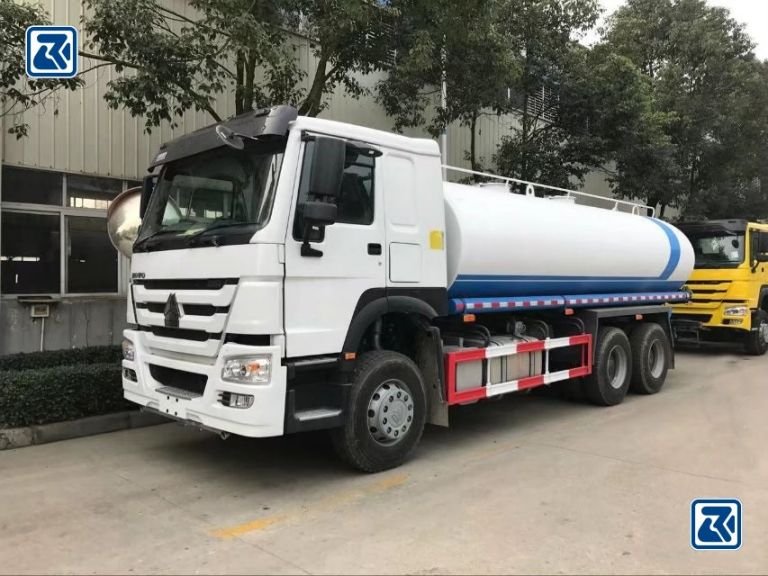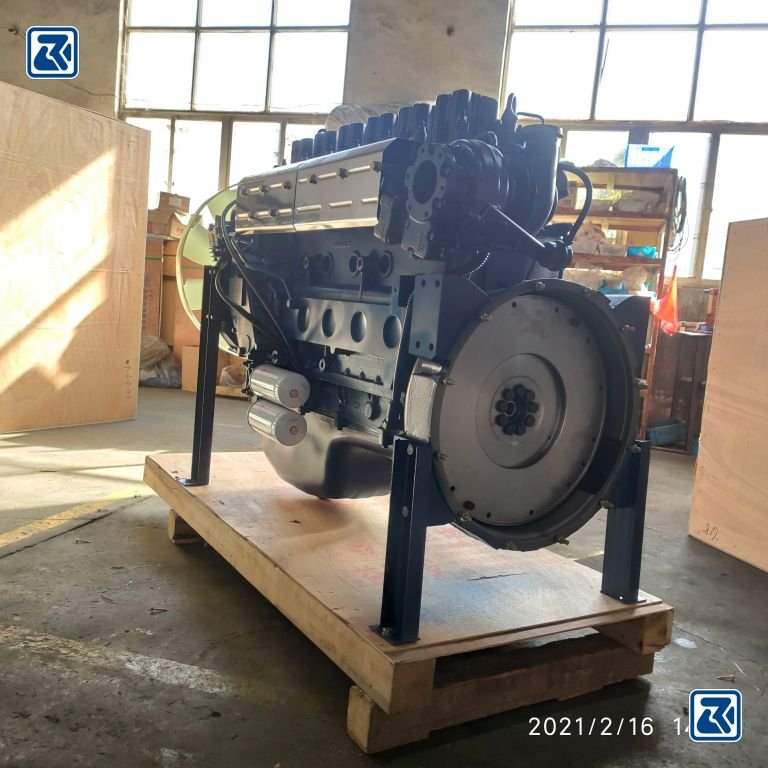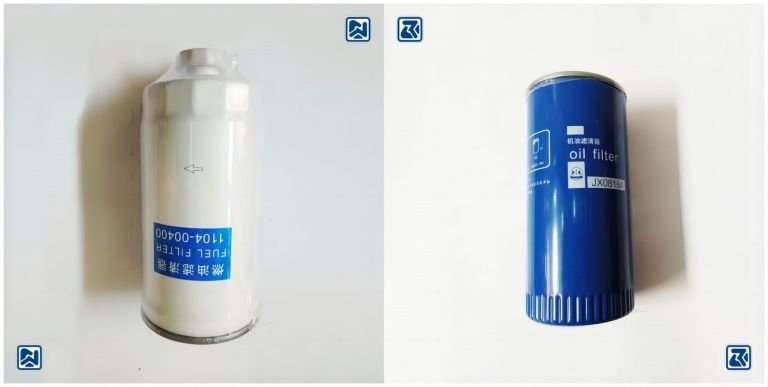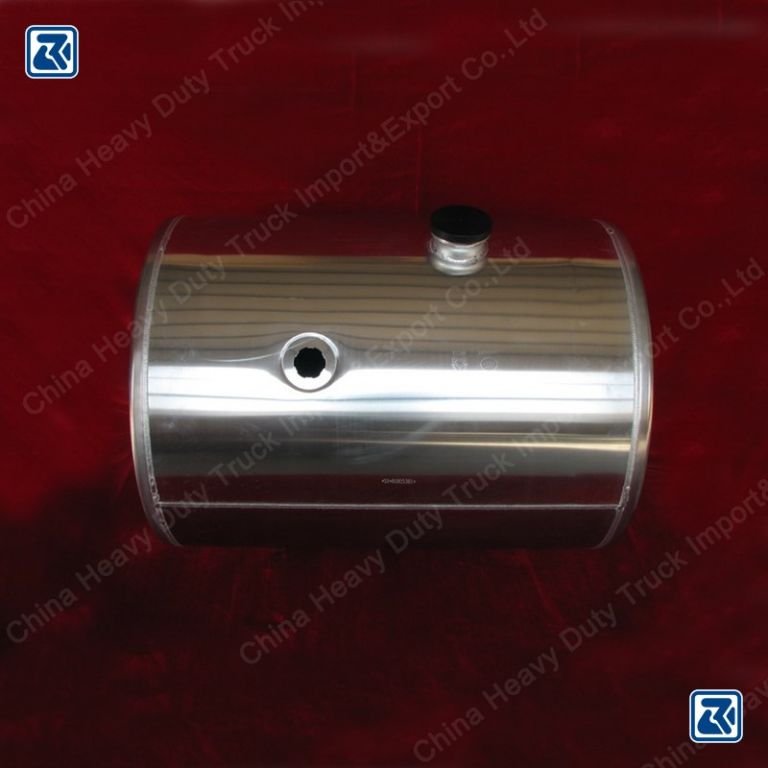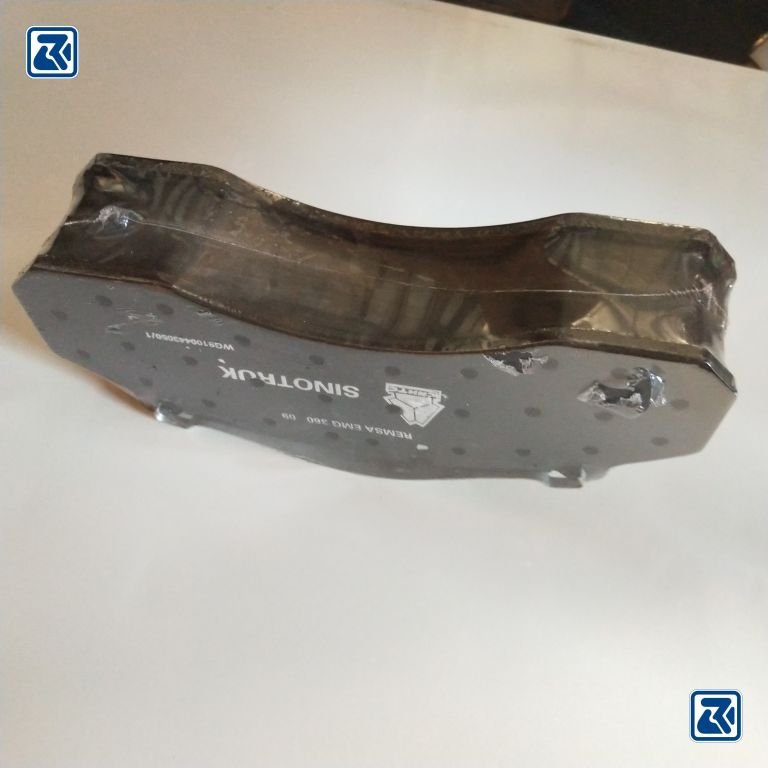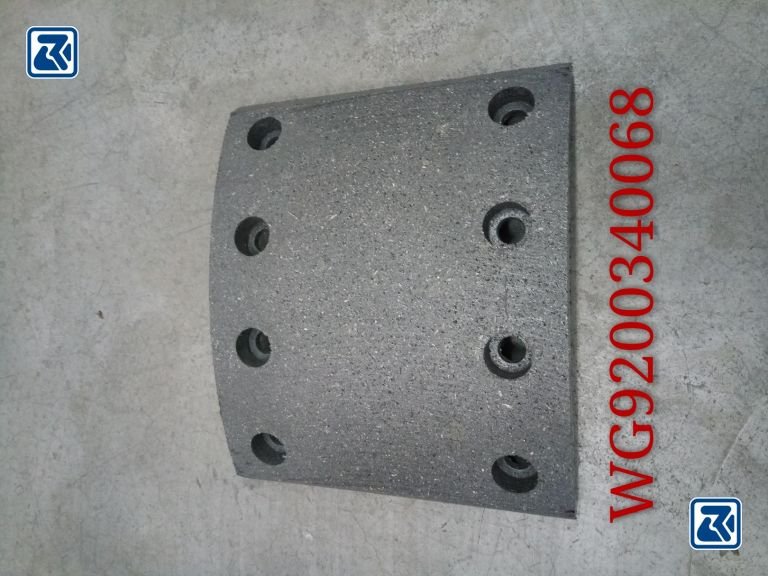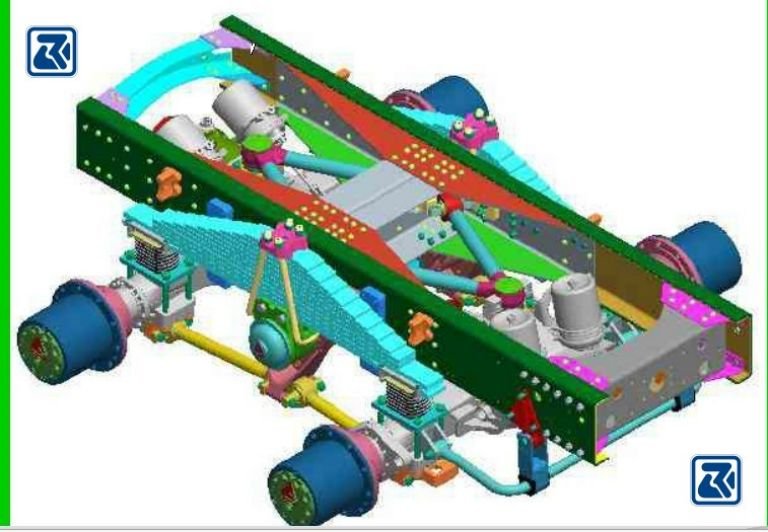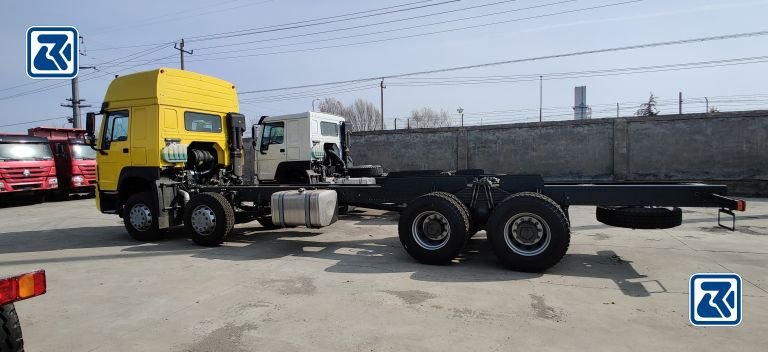More and more HOWO tank trucks are being used. So, it’s very important to maintain them. Tank trucks are special vehicles. They are mainly used to transport oil. In the process of daily use, there are more places that need to be paid attention to, and we should also pay great attention to daily maintenance. The tank truck itself has a certain risk. It must be watched in daily maintenance. Maintaining HOWO tank trucks is crucial to ensure their life and efficiency.
Table of Contents
The importance of regular maintenance
Regular maintenance of HOWO tank trucks is important. We will analyze it from three main factors: safety, efficiency, and operating costs.
In terms of safety, tanker trucks carry flammable and explosive goods. Safety is a top concern. Regular maintenance ensures that the car’s parts work well. It checks and fixes potential faulty or worn parts.
This reduces the risk of accidents. For example, regularly inspecting the vehicle’s brakes, suspension, and tires can ensure that it can brake and handle well in an emergency. This can reduce the chance of accidents.
In terms of efficiency, regular maintenance can keep the tank car in good condition. It also reduces the time for shutdown due to failure. If the tank car breaks down in transit, it will not only delay the delivery time, but also may lead to safety problems such as fuel leakage.
Regular maintenance can find and fix potential problems. This can improve vehicle reliability and work efficiency.
In terms of operating costs, regular maintenance can reduce repair costs and extend the service life of the tank cars. By regularly checking and replacing worn parts, you can stop small problems from becoming big. This will also lower maintenance costs.
Keeping the vehicle in good condition extends the tank car’s service life. It also cuts the frequency of new car acquisition and operating costs. In short, regular maintenance for tank vehicles is key. It ensures safety, boosts efficiency, and cuts costs.
Regular maintenance makes tank cars safe. It also speeds work and cuts costs and how often vehicles must be replaced.
Find more information and check out the common faults and solutions of HOWO tank trucks.
Engine maintenance
The regular engine maintenance process for trucks usually consists of the following steps:
Changing oil: Changing oil regularly is the most important step in engine maintenance. Aging oil may lose its ability to lubricate, leading to increased friction and wear. Changing the new oil can maintain the normal operation of the engine and avoid failure caused by excessive friction.
Replace the filter: The engine’s filters, like oil and air filters, remove impurities and particles. This keeps them from entering the engine and causing harm. Changing the filter regularly ensures that it works effectively and keeps the engine clean and healthy.
Check belts and hoses: Belts and hoses are an important part of the transmission and cooling system in the engine. Regular inspection of belt wear and tightness, as well as leakage and aging of hoses, is key to ensuring the proper operation of these components.
For engine maintenance, the use of high quality lubricants and parts is very important. High-quality lubricants have good thermal stability and oxidation resistance. They can provide better lubrication and engine protection. High quality parts are more durable and reliable. They can keep the engine working well and make it last longer.
Some signs of engine failure include: The signs are: increased engine noise, odd emissions, less power, more fuel use, coolant leakage, etc. If you see these signs, or other big issues, get professional help. Only professionals can diagnose and fix the engine. Then, the engine will work well and be reliable. For complex engine failures, seek help from experienced pros.
Fuel tank and hydraulic system maintenance
Maintenance of the fuel tank and hydraulic system is essential to keep the equipment running properly.
First of all, checking and cleaning the fuel tank is one of the important steps of fuel system maintenance. Regularly inspect the fuel tank for deposits and impurities. Cleaning them prevents them from entering the engine and fuel system. This reduces mechanical failure and wear.
Secondly, it is essential to ensure the integrity of the hydraulic system. Check the lines, hoses, and joints of the hydraulic system regularly to ensure that they are free of cracks or leaks. This helps prevent leakage of hydraulic oil and maintains the tightness and performance of the system.
The importance of regular inspection for leaks and corrosion cannot be ignored. Leaks cause loss of pressure or performance in hydraulic systems. Corrosion can damage their components. Therefore, timely identification and repair of any leaks or corrosion is the key to maintaining the healthy operation of the hydraulic system.
Finally, it is also important to maintain the appropriate level of hydraulic oil and replace the filter. Checking the oil level keeps the hydraulic system working. Changing the filter stops impurities from entering the system. This protects the system’s parts.
During maintenance, you must follow the maker’s requirements. Make a plan based on how the device is used and its environment. This will ensure the device works well and safely.
Safety facility maintenance
Regular inspection of safety systems such as brakes, ABS, and ESC on HOWO trucks is an important step in ensuring vehicle safety. Here are some relevant check items and precautions:
Brake system inspection: Regularly check the wear of brake pads and brake discs to ensure that they are within a reasonable wear range. Check the moisture and level of the brake fluid. Ensure it is clean, clear, and at the right level. Also, check brake hoses and lines for leaks or damage.
ABS and ESC system check: ABS and ESC are common safety systems in modern trucks. ABS stands for Anti-lock braking system and ESC stands for Electronic Stability Control system. Periodically check the sensors, control units, and electrical connections of these systems to ensure they are functioning properly. If any warning light is on or the system is abnormal, it should be diagnosed and repaired in time.
Check the leak prevention system and emergency shutdown control device: check the leak prevention system of the truck, including the fuel tank, cooling system air system, etc., to ensure that there is no leakage or leakage. In addition, check emergency shutdown controls, such as emergency fuel cut-off valves and electrical circuit breakers, to ensure that they are functioning properly so that the appropriate system can be shut down quickly in an emergency.
Fire extinguishing system inspection: The fire extinguishing system on the truck is an important equipment for preventing and dealing with fire. Check the pressure, expiration date, and appearance of fire extinguishers often. This will ensure they are available and undamaged. Also, check the lines and nozzles of the fire extinguishing system to ensure that they are unobstructed.
In addition, it is very important to carry out routine safety checks and comply with regulations. Timely routine inspections can detect potential security hazards and take appropriate measures to repair and improve them. At the same time, obeying traffic rules and vehicle safety rules is important. This includes regular truck audits and maintenance. These rules ensure safe truck operation and protect drivers and others.
Tire and suspension maintenance
For HOWO truck tire and suspension system maintenance, here are some tips and considerations:
It is important to check the tires regularly and maintain proper tire pressure: Check tire wear, including depth of pattern and tire surface wear. Make sure the tire inflation pressure meets the manufacturer’s recommendations and inflate or deflate as needed. Proper tire pressure can improve vehicle handling performance, fuel economy, and tire life.
Check whether the suspension system is worn: Periodically inspect suspension springs, shock absorbers, and suspension connectors to ensure they are free of cracks, looseness, or abnormal wear. This is essential. It keeps the vehicle stable and the suspension comfy. It also lengthens the life of the suspension.
Regularly calibrate and balance the wheel.:Incorrect wheel alignment can cause the vehicle to veer off track, accelerate tire wear, and affect handling and safety. Regular wheel alignment and balancing make sure the wheels are straight and balanced. This makes rides smoother and tires last longer.
Replace worn tires and suspension components: When the tire is worn to the specified limit or there is serious uneven wear, the tire should be replaced in time. Similarly, if the components of the suspension system are severely worn or damaged, they also need to be replaced. This ensures vehicle safety and performance.
When maintaining tires and suspension, follow the maker’s requirements. Also, make a regular maintenance schedule based on vehicle use and work environment. Inspecting and maintaining these systems can improve vehicle safety, comfort, and reliability. It can also extend the life of tire and suspension parts.
Electrical system maintenance
Here are some tips and considerations for HOWO truck electrical system maintenance:
Regularly check wires and connections. Inspect the wiring harnesses and connectors on HOWO trucks for damage or wear. Look for exposed metal and damaged insulation. These can cause short circuits or electrical problems. Fix or replace any issues found.
Keep an eye on the battery’s health and replace it when needed. Check the battery terminals and electrolyte levels often. Ensure terminals are clean and measure the battery’s voltage and current. Replace the battery if it’s aging or not performing well to avoid power failures.
Make sure all lights and signals are working. Test HOWO truck lights and signaling devices like headlights and taillights. They should be bright and work well. This is crucial for safety and visibility.
Regularly check the electronic control systems. These include engine and braking systems and vehicle stability control. Inspect sensors, control units, and electrical connections. Address any fault codes or system anomalies promptly.
Follow the manufacturer’s maintenance guidelines. Create a maintenance schedule based on usage and environment. Regular checks and maintenance ensure the vehicle’s power and electronic functions work well. This improves safety and comfort and reduces the risk of electrical failures.

Conclusion
Regular maintenance is crucial for HOWO tankers. It ensures the vehicle operates safely and efficiently. By following best practices, you can extend the vehicle’s life and reduce failure risks. Regularly inspect electrical systems, engines, and braking systems, and follow the manufacturer’s recommendations.
HOWO Special Truck Ltd. offers professional support services. These include regular maintenance and repair. They ensure your vehicle is always in top condition.
FAQ
The maintenance cycle depends on how the vehicle is used and the manufacturer’s recommendations. In general, it is every 5,000 to 10,000 kilometers.
Common signs include strange engine noise. Also, less sensitive brakes and fault indicator lights for the electrical system.
For routine maintenance, like changing oil or checking tires, you can do it yourself. But, for complex repairs, it is best to seek professional help.
HOWO Special Truck Ltd. It provides regular maintenance, repair, and after-sales support. These services solve all types of vehicle failures. It also provides professional advice and an original parts guarantee.

